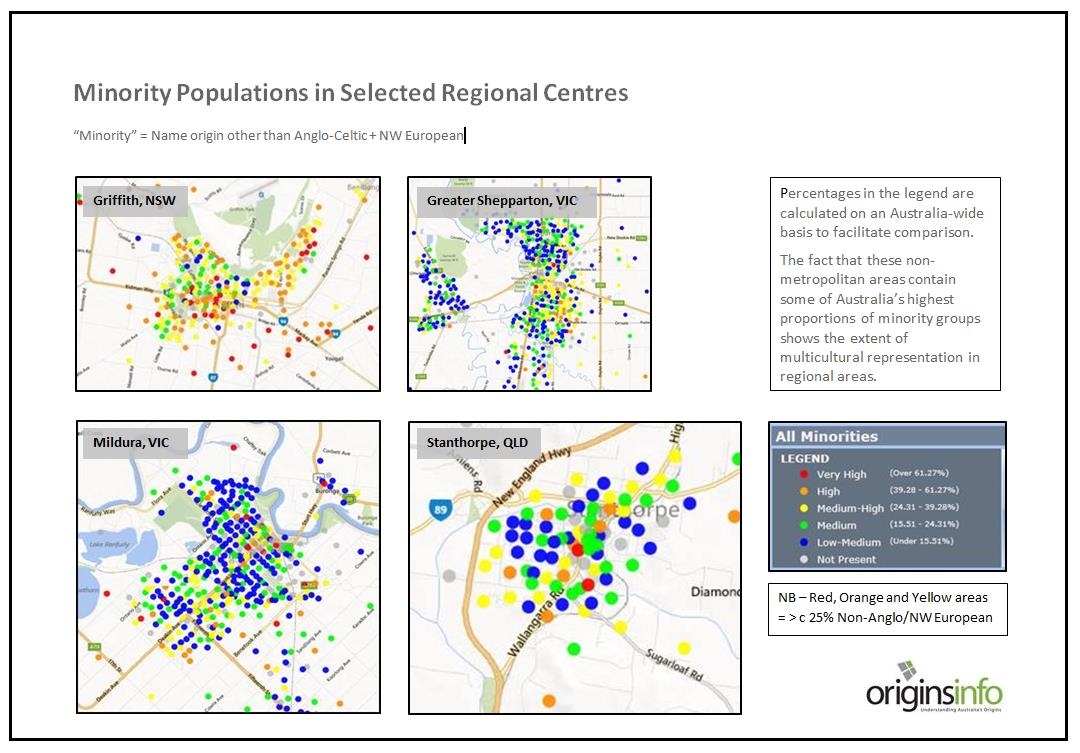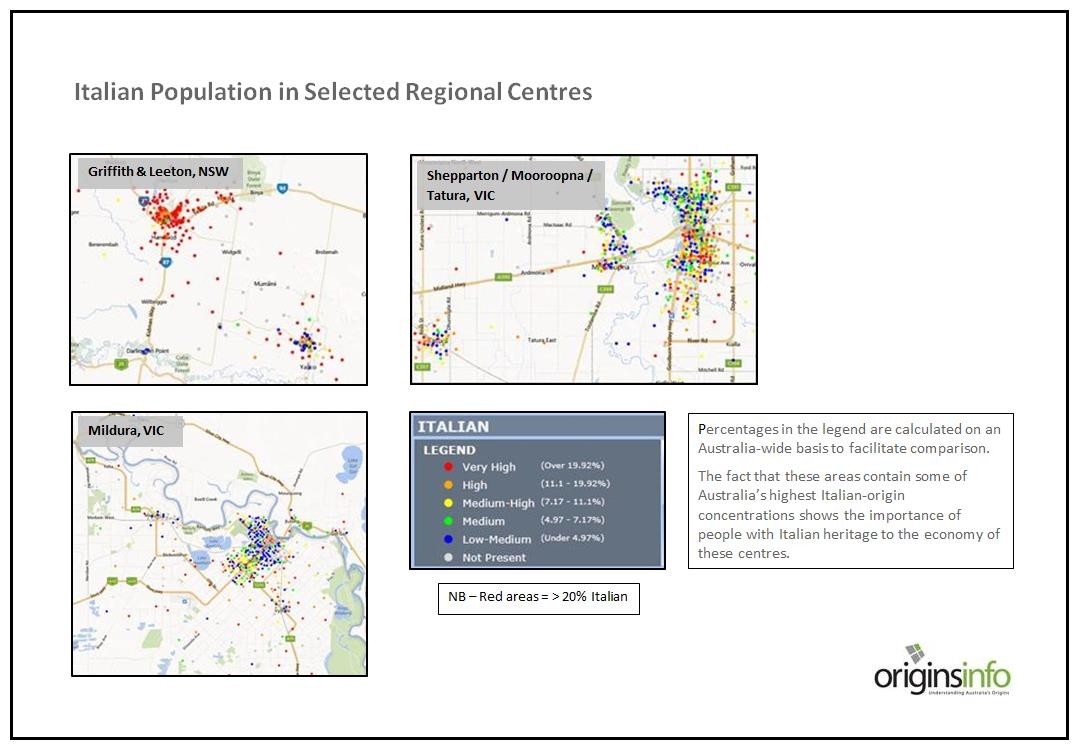The Migrant Contribution to Australia’s Rural Economy
The recent refusal of the federal government to subsidise SPC Ardmona in Greater Shepparton, and the subsequent bailout by the Victorian government, poses an interesting question – what would be the impact on Australia’s immigrant population if regional food production and processing were to diminish?
Australia’s migrant population has played a leading role in food production stretching back to the 19th century. In the past, migrants to regional Australia came from China, Italy, Greece, the Balkans and India to work as agricultural labourers, orchardists and market gardeners. In towns and cities many others operated small businesses such as greengrocers, delicatessens, milk bars, cafes and restaurants.
Indeed these traditions and work preferences continue today. This goes some way to explain why recent Origins research into ASX200 board members and executives (read the research) shows an under-representation of people with a Greek and Italian background – simply, they seem to prefer, and find success in, family and small businesses.
As is the case with SPC Ardmona, many migrants involved in agricultural production and processing chose to settle in Australia’s regional towns. In fact, the food industry – estimated in 2010-2011 to have an export value of A$27.1 billion – employs almost 1.7 million people or 15 per cent of Australia’s workforce.1
Mapping from the Origins database, based on analysis of names, reveals the extent of the diversity of residents in selected regional areas. The following maps of selected regional centres show the proportion of population in Mesh Block areas belonging to minority groups (non-Anglo/NW European).

Similarly, the following maps show the proportion of the population in Mesh Block areas with names of Italian origin.

The food industry is dependent upon migrant labour – whether in the form of permanent migrants, their second and third generation offspring, or through temporary visitors such as backpackers and international students. Food producers share a common challenge in securing the right labour at the right time and agree that food production could be increased without untimely labour shortages.